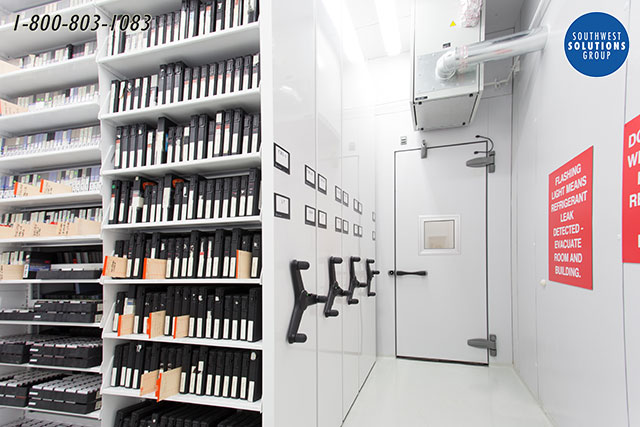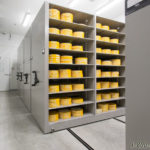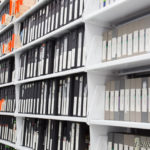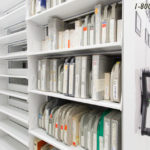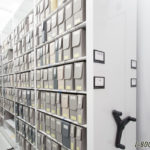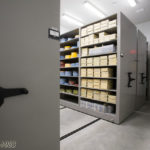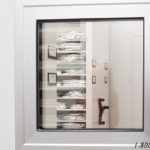Museums have a crucial responsibility to preserve and protect their precious collections, and this can be a challenging task. From organic materials like wood, paper, textiles, leather, plastics, and biological specimens, to inorganic objects like metals, ceramics, and stone, the items in a museum collection are vulnerable to damage from environmental factors such as temperature, humidity, light, contaminants, and insects. Thus, climate-controlled storage solutions are critical for the long-term preservation of museum collections.
Each type of museum specimen may require a unique storage climate for optimal preservation, so it’s essential to utilize appropriate storage equipment and maintain the proper environmental conditions for all the items in a museum’s collection. Read on to learn more about the essential considerations of museums’ climate-controlled storage and some of the best space-saving solutions for climate-controlled and cold storage spaces. You can also check out more of our museum storage solutions here.
Museums have a crucial responsibility to preserve and protect their precious collections, and this can be a challenging task. From organic materials like wood, paper, textiles, leather, plastics, and biological specimens, to inorganic objects like metals, ceramics, and stone, the items in a museum collection are vulnerable to damage from environmental factors such as temperature, humidity, light, contaminants, and insects. Thus, climate-controlled storage solutions are critical for the long-term preservation of museum collections.
Each type of museum specimen may require a unique storage climate for optimal preservation, so it’s essential to utilize appropriate storage equipment and maintain the proper environmental conditions for all the items in a museum’s collection. Read on to learn more about the essential considerations of museums’ climate-controlled storage and some of the best space-saving solutions for climate-controlled and cold storage spaces. You can also check out more of our museum storage solutions here.
The Importance of Climate-Controlled Storage for Museums
Temperature and humidity are two critical agents of deterioration that can affect museum artifacts and specimens. Climate-controlled storage helps keep all items at a safe temperature and humidity level to protect them from deterioration.
Temperature is one key factor to monitor. If the storage temperature is too high, it can accelerate the chemical deterioration of organic materials. If the temperature is too low, it can cause desiccation and fracturing of paint and adhesives. And if the temperature fluctuates, it may cause brittle materials to delaminate or crack.
In spaces where people’s comfort is a factor (such as in exhibit or research spaces), the recommended storage temperature for most materials is 64-68°F, although it can be much lower, and some items require cold or freezing temperatures for optimal storage. The temperature should never exceed 75°F and remain as level as possible.
The relative humidity is a related factor that needs to be considered. If the relative humidity is too high, items may be susceptible to mold or rust; if it is too low, materials like wood, leather, and paper may be subject to desiccation, warping, and cracking. Fluctuating relative humidity is also dangerous, as this can cause organic materials to fracture or buckle.
M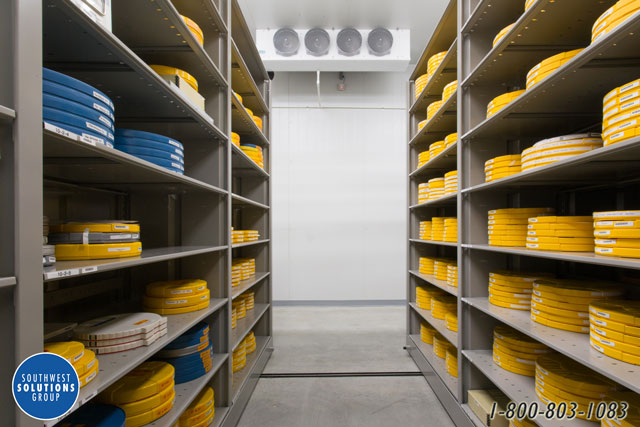
Appropriate museum cabinets go a long way in preserving various items in museum collections. For example, sealed preservation cabinets create a healthy microclimate with a stable temperature and relative humidity. They also protect stored items from contaminants, water, fire, light, and other agents of deterioration. Please read about our specialized museum drawer cabinets here. Visit our online store to see our museum storage products.
Cold Storage for Museums
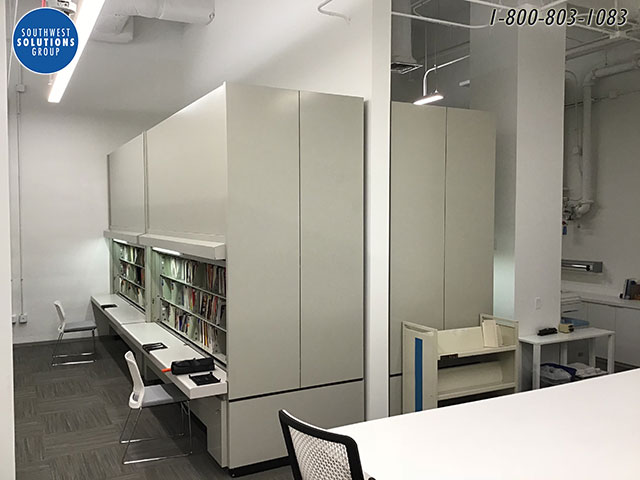
When investing in cold storage space, there are several factors you should take into consideration. First, the size of your collection will determine how much cold storage space you need. An upright refrigerator or household freezer will be sufficient for small collections, while walk-in coolers or cold storage vaults are better for housing more extensive collections. The National Park Service recommends investing in a cold storage vault if your collection would occupy more than ten household freezers (150 cubic feet) or is expected to expand beyond that capacity in the future.
You should also have a way to monitor the temperature and relative humidity of your cold storage spaces so that you can intervene quickly in case of a malfunction. While cold storage vaults can be humidity-controlled, regular household freezers are not, so items stored in these units must be adequately packaged to prevent damage from fluctuating humidity. And when planning to access or remove an item from cold storage, keep in mind that it is recommended that cold storage materials sit at room temperature for approximately eight hours before removal from packaging.
Cold storage can be costly, so maximizing available space is important. While standard wire racks or shelving may be suitable for your collection, a high-density storage system is an excellent solution to store your collection in a smaller space. This allows you to save on both initial construction costs and ongoing energy costs.
Space-Saving Solutions for Museum Cold Storage
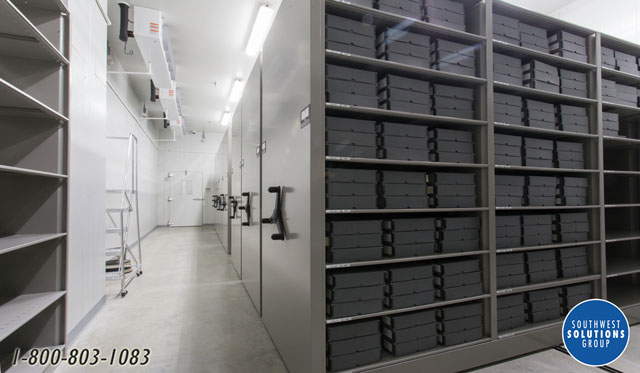
Another innovative cold storage solution is the electric lateral file cabinet, which consists of an enclosed system of vertically rotating file drawers. While typically used for storing files, the American Museum of the Moving Image installed one of these storage systems to house their extensive photography collection. The electric lateral file cabinet reduced its storage area by 40%, in addition to improving the organization and accessibility of the collection. The automated file cabinet protects stored photographs from dirt, dust, and water damage and can be specially designed for cold storage environments.
The Importance of Climate-Controlled Storage for Museums
Temperature and humidity are two critical agents of deterioration that can affect museum artifacts and specimens. Climate-controlled storage helps keep all items at a safe temperature and humidity level to protect them from deterioration.
Temperature is one key factor to monitor. If the storage temperature is too high, it can accelerate the chemical deterioration of organic materials. If the temperature is too low, it can cause desiccation and fracturing of paint and adhesives. And if the temperature fluctuates, it may cause brittle materials to delaminate or crack.
In spaces where people’s comfort is a factor (such as in exhibit or research spaces), the recommended storage temperature for most materials is 64-68°F, although it can be much lower, and some items require cold or freezing temperatures for optimal storage. The temperature should never exceed 75°F and remain as level as possible.
The relative humidity is a related factor that needs to be considered. If the relative humidity is too high, items may be susceptible to mold or rust; if it is too low, materials like wood, leather, and paper may be subject to desiccation, warping, and cracking. Fluctuating relative humidity is also dangerous, as this can cause organic materials to fracture or buckle.
Museum curators must understand that the items in their collections may have different requirements regarding temperature and humidity. For example, fragile organic materials should be kept in humidity-buffered cases, and archeological metals require dry environments. Meanwhile, cellulose nitrate film and similar items should be kept in freezer storage.

Cold Storage for Museums
Certain materials require cold storage for adequate long-term preservation. Film-based photographic materials should be stored in freezers or cold storage vaults, including photographs, negatives, slides, microfilm and microfiche, x-ray film, and motion picture film. Organic materials such as animal pelts may also be stored at cooler temperatures to slow deterioration.

You should also have a way to monitor the temperature and relative humidity of your cold storage spaces so that you can intervene quickly in case of a malfunction. While cold storage vaults can be humidity-controlled, regular household freezers are not, so items stored in these units must be adequately packaged to prevent damage from fluctuating humidity. And when planning to access or remove an item from cold storage, keep in mind that it is recommended that cold storage materials sit at room temperature for approximately eight hours before removal from packaging.
Cold storage can be costly, so maximizing available space is important. While standard wire racks or shelving may be suitable for your collection, a high-density storage system is an excellent solution to store your collection in a smaller space. This allows you to save on both initial construction costs and ongoing energy costs.
Space-Saving Solutions for Museum Cold Storage

Another innovative cold storage solution is the electric lateral file cabinet, which consists of an enclosed system of vertically rotating file drawers. While typically used for storing files, the American Museum of the Moving Image installed one of these storage systems to house their extensive photography collection. The electric lateral file cabinet reduced its storage area by 40%, in addition to improving the organization and accessibility of the collection. The automated file cabinet protects stored photographs from dirt, dust, and water damage and can be specially designed for cold storage environments.
The Importance of Climate-Controlled Storage for Museums
Temperature and humidity are two critical agents of deterioration that can affect museum artifacts and specimens. Climate-controlled storage helps keep all items at a safe temperature and humidity level to protect them from deterioration.
Temperature is one key factor to monitor. If the storage temperature is too high, it can accelerate the chemical deterioration of organic materials. If the temperature is too low, it can cause desiccation and fracturing of paint and adhesives. And if the temperature fluctuates, it may cause brittle materials to delaminate or crack.
In spaces where people’s comfort is a factor (such as in exhibit or research spaces), the recommended storage temperature for most materials is 64-68°F, although it can be much lower, and some items require cold or freezing temperatures for optimal storage. The temperature should never exceed 75°F and remain as level as possible.
The relative humidity is a related factor that needs to be considered. If the relative humidity is too high, items may be susceptible to mold or rust; if it is too low, materials like wood, leather, and paper may be subject to desiccation, warping, and cracking. Fluctuating relative humidity is also dangerous, as this can cause organic materials to fracture or buckle.
Museum curators must understand that the items in their collections may have different requirements regarding temperature and humidity. For example, fragile organic materials should be kept in humidity-buffered cases, and archeological metals require dry environments. Meanwhile, cellulose nitrate film and similar items should be kept in freezer storage.

Cold Storage for Museums

When investing in cold storage space, there are several factors you should take into consideration. First, the size of your collection will determine how much cold storage space you need. An upright refrigerator or household freezer will be sufficient for small collections, while walk-in coolers or cold storage vaults are better for housing more extensive collections. The National Park Service recommends investing in a cold storage vault if your collection would occupy more than ten household freezers (150 cubic feet) or is expected to expand beyond that capacity in the future.
You should also have a way to monitor the temperature and relative humidity of your cold storage spaces so that you can intervene quickly in case of a malfunction. While cold storage vaults can be humidity-controlled, regular household freezers are not, so items stored in these units must be adequately packaged to prevent damage from fluctuating humidity. And when planning to access or remove an item from cold storage, keep in mind that it is recommended that cold storage materials sit at room temperature for approximately eight hours before removal from packaging.
Cold storage can be costly, so maximizing available space is important. While standard wire racks or shelving may be suitable for your collection, a high-density storage system is an excellent solution to store your collection in a smaller space. This allows you to save on both initial construction costs and ongoing energy costs.
Space-Saving Solutions for Museum Cold Storage

Another innovative cold storage solution is the electric lateral file cabinet, which consists of an enclosed system of vertically rotating file drawers. While typically used for storing files, the American Museum of the Moving Image installed one of these storage systems to house their extensive photography collection. The electric lateral file cabinet reduced its storage area by 40%, in addition to improving the organization and accessibility of the collection. The automated file cabinet protects stored photographs from dirt, dust, and water damage and can be specially designed for cold storage environments.
 See Museum Storage Solutions Prices
See Museum Storage Solutions Prices
See Museum storage shelving, racks, & cabinets prices
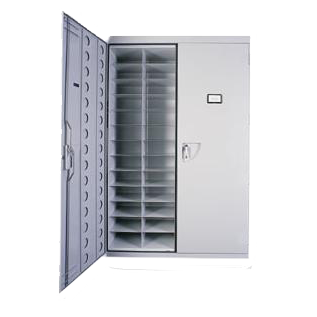
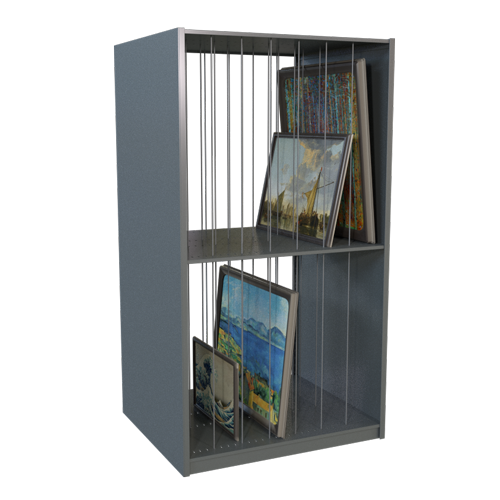
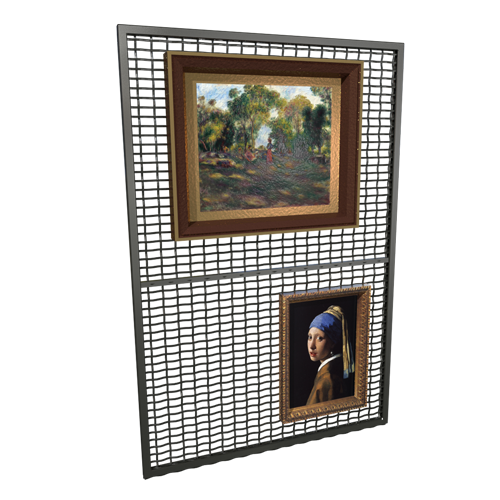
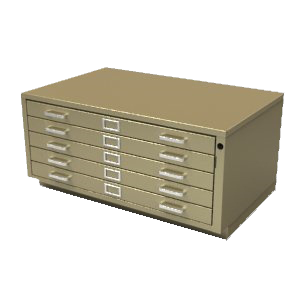
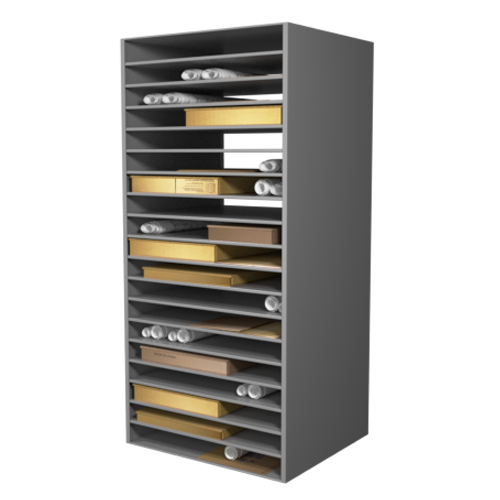
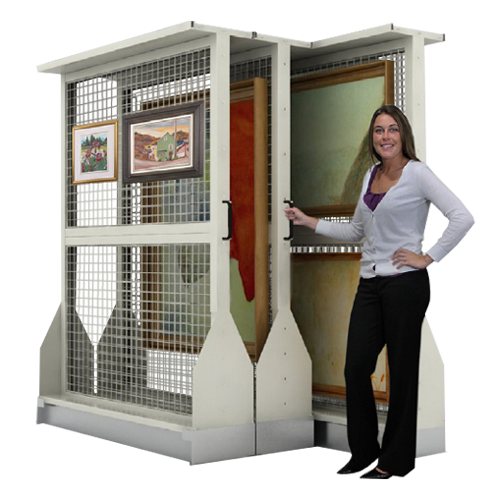
Contact Us for Climate-Controlled Museum Storage Solutions
Southwest Solutions Group® provides design and installation services for climate-controlled storage solutions for museums. We will also provide a free consultation to determine your exact needs and specifications before the design begins. To learn more or to speak with a specialist, call us at 1-800-803-1083 or send us a message today.
Resources
Museum Testimonials

“I want to thank your entire team for the outstanding work on our art storage project. The process from beginning to end was smooth and enjoyable, and the finished room looks terrific! Chester, Bryan, Chris, Chris, and the other members were extremely thorough and a pleasure to work with. They followed our house rules and took our direction very well. Thanks again for an outstanding project, and I look forward to working with Southwest Solutions in the future should the opportunity arise. ”

“The new art racks are massive and beautiful! I cannot wait to hang art on the racks with those fancy hooks, wow! Thank you for helping me see the project through. The efforts of your team and installation really made the project go very smoothly and on time. We look forward to showing off the new and improved art storage room to our Director, Board Members, and Staff. Thanks a million, it has been a pleasure to work with you and your wonderful team on our paintings storage area.”
“I would like to thank you and your team at Southwest Solutions Group for working with the museum so diligently over the years. I also want to thank you personally for your patience, professionalism and great attitude as we’ve navigated the sometimes bumpy road to completing the Blanton Phase I and Phase II. Southwest Solutions Group will certainly be at the very top of my list for any future museum storage needs.”

“Southwest Solutions Group is an amazing company made so much better by having Daryl at the helm of Museum and Library storage space saving designs in the NW. Daryl is not only an expert in high density shelving systems, but he consistently tunes into optimizing long term solutions to complex storage needs and pliable projects. Always reliable and knowledgeable, Daryl and his Spacesaver’s team have been indispensable partners in our world of cultural preservation.”
See more museum testimonials

